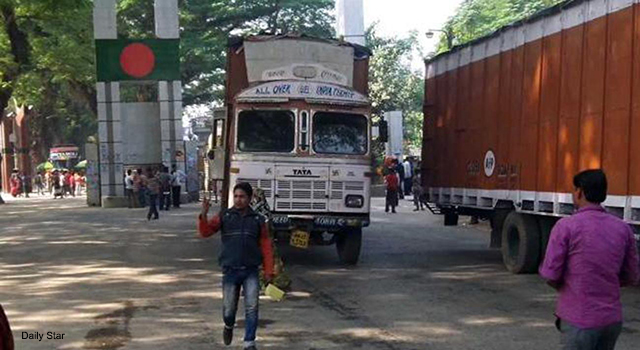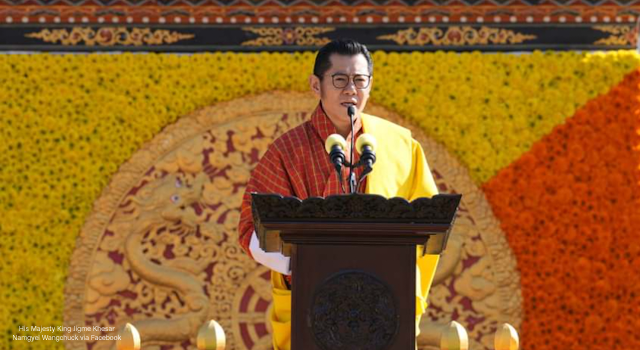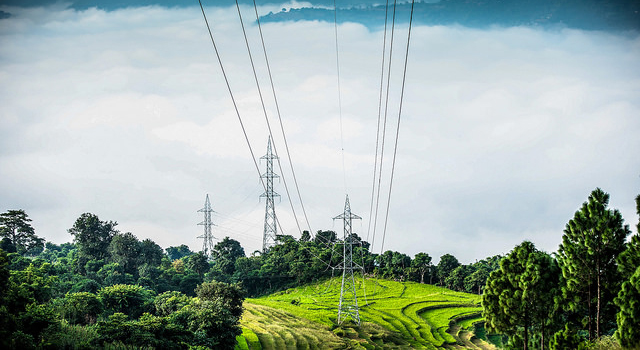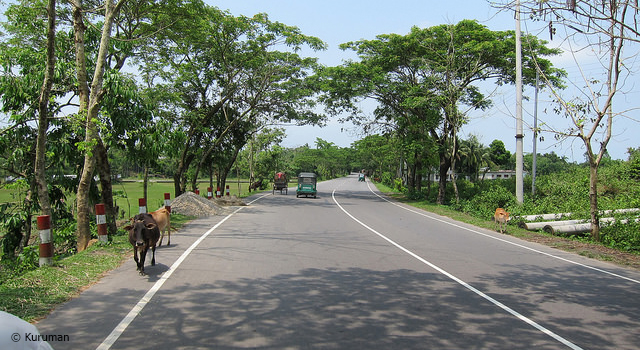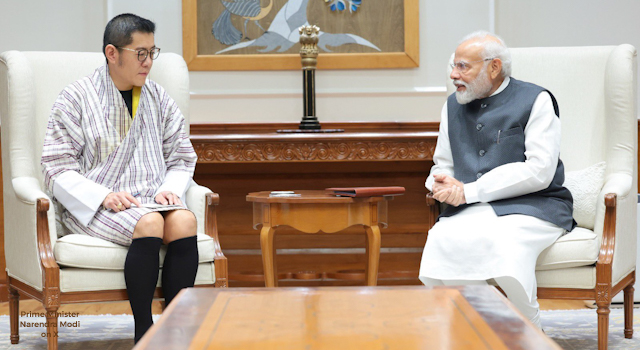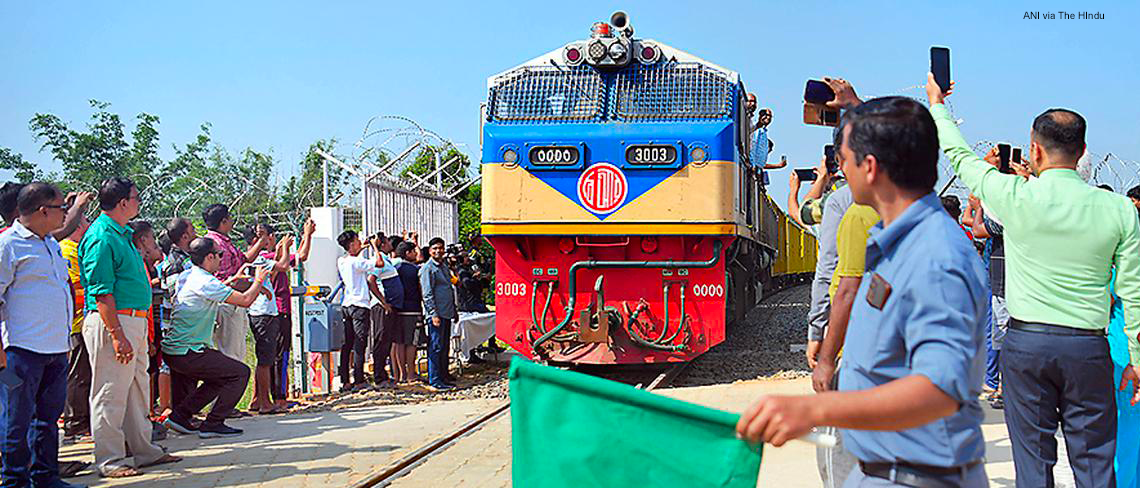
Bangladesh-China-India-Myanmar Economic Corridor Could Deepen Economic Integration
4 May 2015
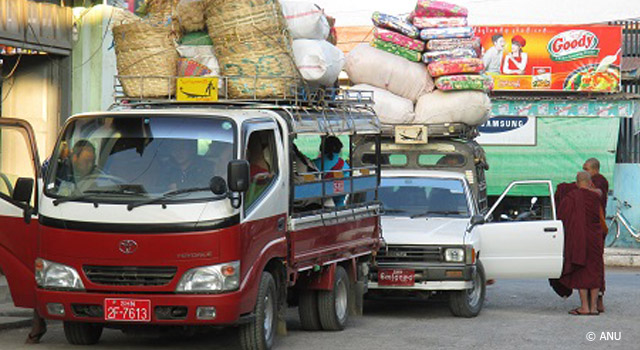
The Bangladesh-China-India-Myanmar Economic Corridor (BCIM-EC) – which received formal endorsement through an inter-governmental group meeting in December 2013 – could potentially bring significant benefits to the four countries by deepening economic cooperation and integration. BCIM-EC will increase socio-economic development and trade in South Asia.
The BCIM-EC aims to promote trade and investment in the region through trade facilitation measures and greater participation in public and private sectors. Drawing on their comparative advantages, BCIM countries could accrue gains from greater market access for goods, services, and energy; elimination of non-tariff barriers; better trade facilitation; development of supply chains; among others.
The current focus of the BCIM-EC is an inter-regional road network, which will allow the four countries to exploit existing complementarities in trade, both in terms of sectors and products. The initiative seeks to connect India’s Northeast, Bangladesh, Myanmar, and the Chinese province of Yunnan through a network of roads, railways, waterways, and airways under a proper regulatory framework. It is planned to run from China’s Kunming province to Kolkata in India, and link Mandalay in Myanmar, and Dhaka and Chittagong in Bangladesh.
Bangladesh could provide connection for the Northeastern States to the rest of India. It can also benefit from connecting to China through Myanmar and becoming a commercial hub for South and Southeast Asia. Deepening BCIM cooperation would offer Bangladesh and Myanmar greater access to growing markets of China and India.
Myanmar has available and affordable labor while India is positioned as a leading services exporter. Meanwhile, China is the largest manufacturing exporter in the world and Bangladesh, like other South Asian countries, engages in services export and low-end manufactured goods. The corridor could enhance export opportunities by reducing the cost of imports that would benefit consumers as well as producers.
As Bangladesh contemplates construction of a deep-sea port at Sonadia, the north-south BCIM transport and economic corridor connecting southern China and northeastern India could emerge as an important opportunity to raise the viability of Chittagong Port and the envisaged deep-sea port.
In terms of infrastructure investment, India’s $1 billion line of credit could be an example of how projects of importance for regional and subregional cooperation could be facilitated through concessional resource flows within the region. China is also open for investment opportunities for its huge forex reserves. Multilateral agencies such as the Asian Development Bank could also be potential sources for mobilizing the needed resources.
Currently, the BCIM-EC is progressing well with the third working group to be held in India this year. Bangladesh is the current Chairman of the BCIM Business Forum.
Related Link:
BCIM Economic Corridor for harmonious South Asia



